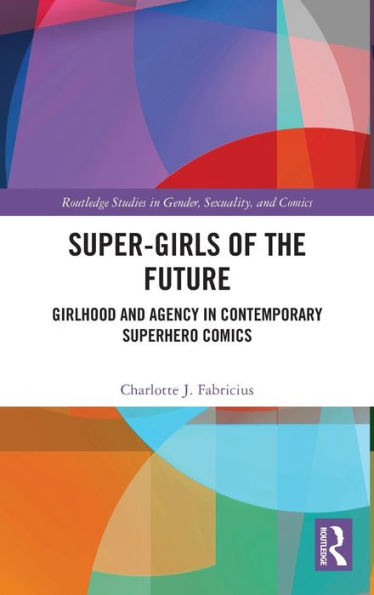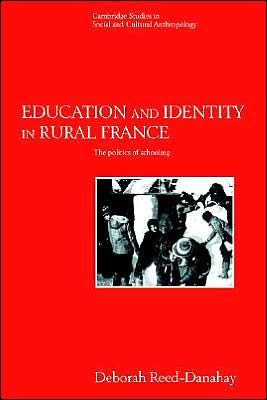Home
Bande de Filles: Girlhood Identities Contemporary France
Barnes and Noble
Bande de Filles: Girlhood Identities Contemporary France
Current price: $26.99


Barnes and Noble
Bande de Filles: Girlhood Identities Contemporary France
Current price: $26.99
Size: Paperback
Loading Inventory...
*Product information may vary - to confirm product availability, pricing, shipping and return information please contact Barnes and Noble
Few films in the twenty-first century have represented coming-of-age with the beauty and brutality of
Bande de Filles
(or
Girlhood
). This book provides an in-depth examination of Céline Sciamma’s film, focusing on its portrayal of female adolescence in contemporary Paris.
Motivated by the absence of black female characters in French cinema, Sciamma represents the lives of figures that have passed largely unnoticed on the big screen. While observing the girls’ tough circumstances, Sciamma’s film emphasises the joy and camaraderie found in female friendships. This book places
in its cinematic as well as its sociocultural context. Pop music, urban violence, and female friendships are all considered here in a book that draws out the complexity of Sciamma’s deceptively simple portrayal of coming-of-age.
Thoughtful, concise, and deeply contemporary, this book is perfect for students, scholars, and general readers interested in youth cultures, European cinema, gender, and sexuality.
Bande de Filles
(or
Girlhood
). This book provides an in-depth examination of Céline Sciamma’s film, focusing on its portrayal of female adolescence in contemporary Paris.
Motivated by the absence of black female characters in French cinema, Sciamma represents the lives of figures that have passed largely unnoticed on the big screen. While observing the girls’ tough circumstances, Sciamma’s film emphasises the joy and camaraderie found in female friendships. This book places
in its cinematic as well as its sociocultural context. Pop music, urban violence, and female friendships are all considered here in a book that draws out the complexity of Sciamma’s deceptively simple portrayal of coming-of-age.
Thoughtful, concise, and deeply contemporary, this book is perfect for students, scholars, and general readers interested in youth cultures, European cinema, gender, and sexuality.

















